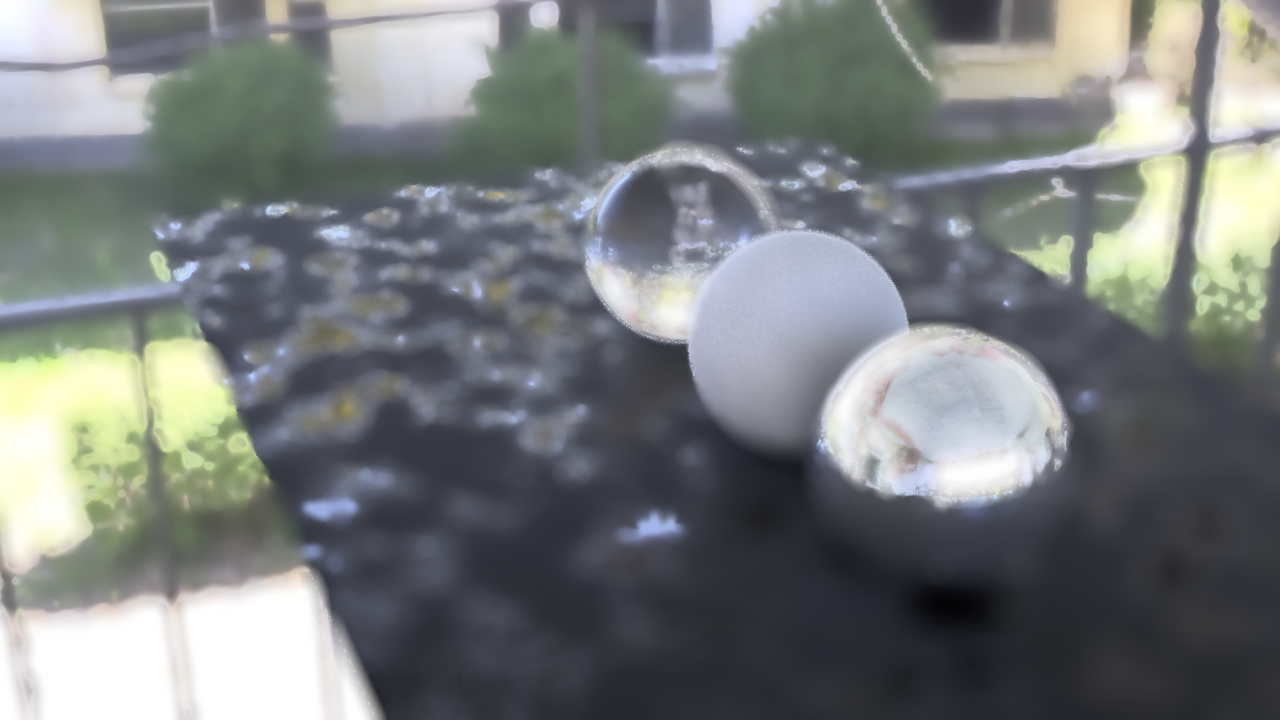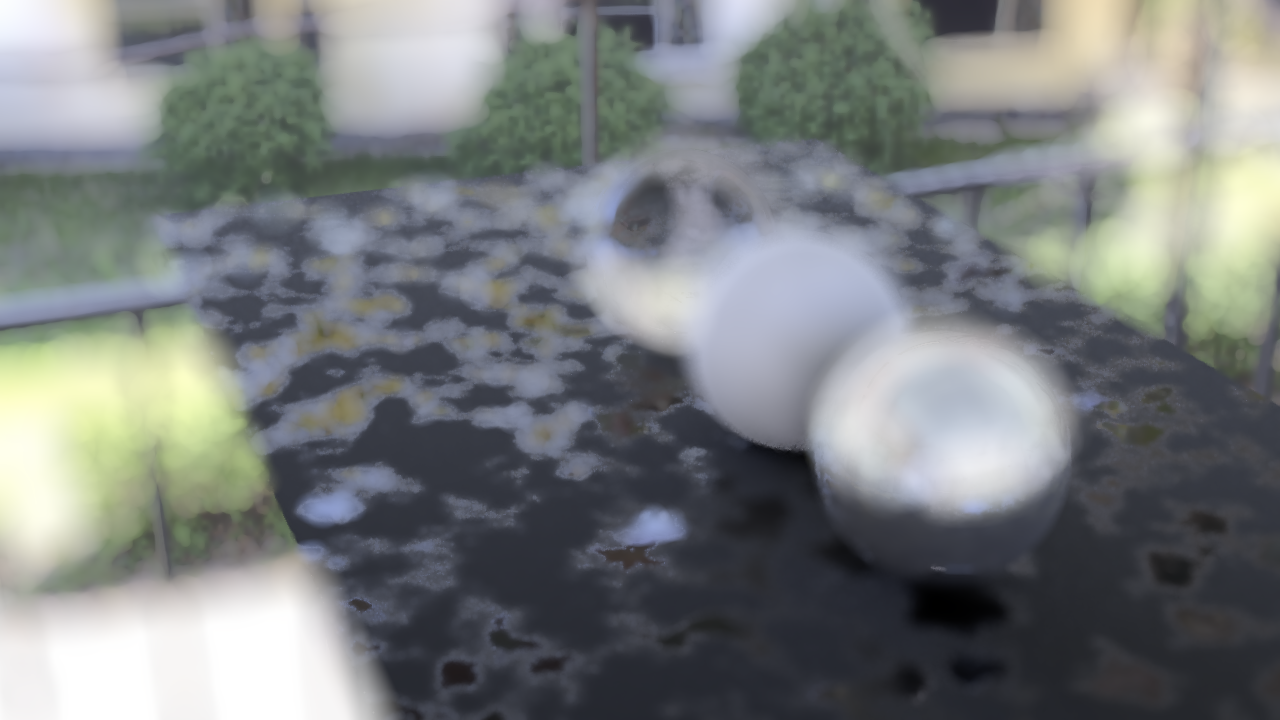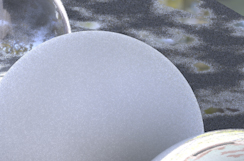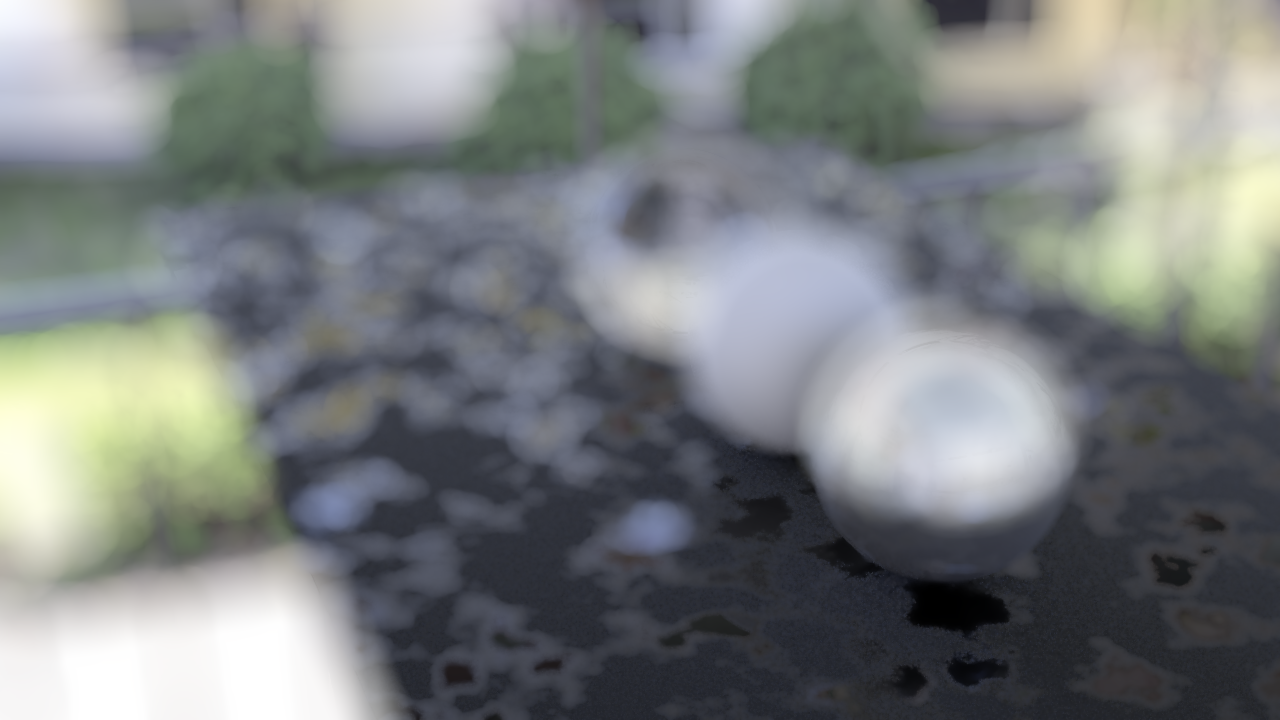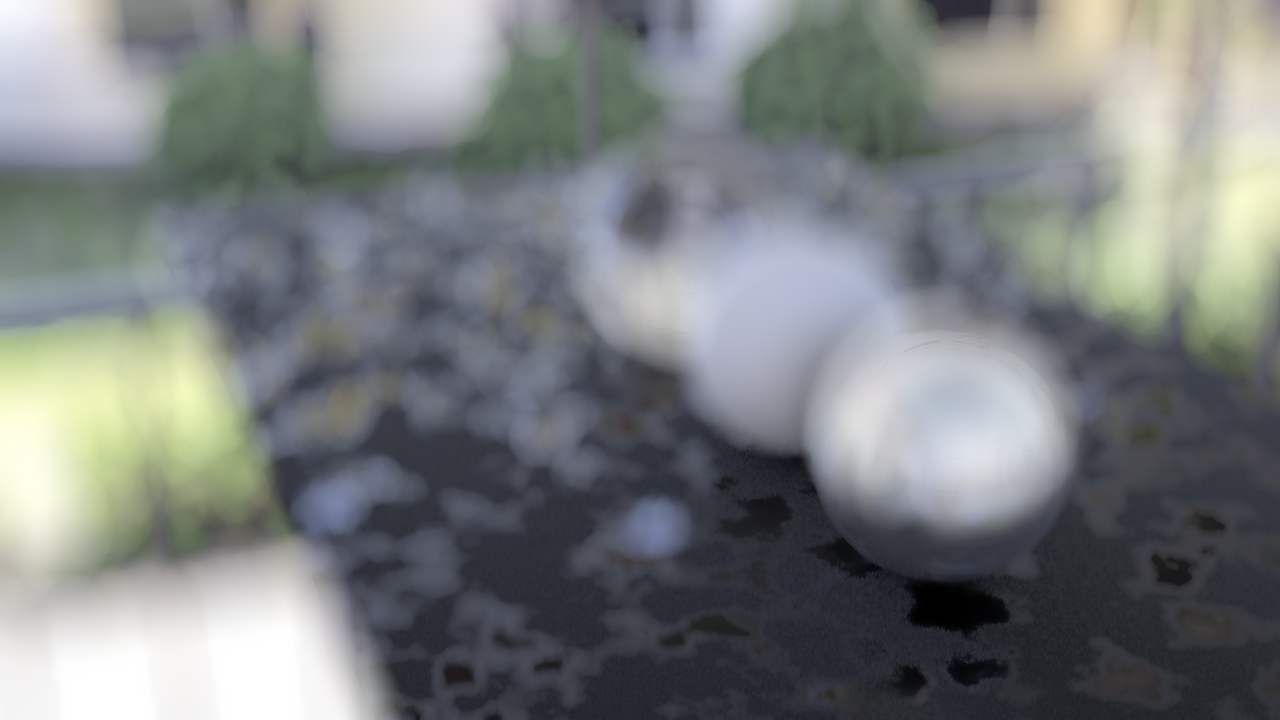HDRI’s
I’m exploring HDRI’s as a way of lighting my scenes. HDRI’s are 360 panoramic photos with multiple baked into one image with a large dynamic range; hence the term HDRI: ‘High-dynamic-range imaging’. These files are used as a means of lighting and are often used in 3D integration for live footage. The 3D software uses the image to calculate lighting as per the environment and provides reflections of the environment. You can see what they typically look like in the image below. HDRI’s typically come in the .hdr file format and are 32-bit, which hold a wider range of color information than a standard 8-bit .jpg like the example picture below.

HDRI example
This is mapped to a sphere in the 3D software of choice
- Artist impression of a HDRI mapped to a sphere (external visualization)
- What it’s like when the HDRI is applied to a scene
- Various materials (Glass, Matte, Chrome)
as you can see it really provides a great way to realistically light a scene. The downsides are that they’re inflexible, you can always add more lights in there but for the most part you’re stuck with what you’re given. Another downside is that I think a lot of my scenes are indoors and/or dimly lit. There are workarounds for indoors, but as for dimly lit most hdri’s are often during the day or much brighter than what I’d need. The two main issues for me are it’s inflexibility and the variety that i can find. I’m considering taking my own, and if I do I’m probably going to involve object integration with footage that I’ve shot.
WET FLOOR
One look that I’m going for is the wet floor look. I see it used very often in numerous CG artists work to great effect, it adds some much needed depth and complexity to the scene; and its the added depth and textural look it provides that I think will be very useful. This pairs well with the limitations the Red/Blue color processing imposes. In the example below, you can see the floor has this variance of reflectiveness to it and that’s similar to what I’m trying to achieve.
I’ve thus far managed to replicate the effect to some degree that I’m happy with and am able to tweak it’s look on a surface to some degree. It also scales well as it’s procedural and saves me having to work with dirt maps to create matte-glossy textures on a surface. Below is the first time I got it to work, and is lit with warm and cool lights (something i only realized disappears with the Red/Blue post-processing later on, and I’ll touch more on it in the section where I delve into my experiments with it.)

yay!
DEPTH OF FIELD
Another aspect to add to an aesthetically pleasing CG image is depth of field, tho not necessary it really can help give depth to a scene. Much like motion blur these have been very finicky for technical reasons.
- no DOF
- Depth Map
(The wet floor effect was just a rough input to test environment reflections and looks pretty terrible here because of its awfully hard edges)
Above you can see the two ingredients needed to create the depth of field effect.
Here’re some tests I made earlier. By doing this depth of field in post I can easily shift the focus between two different points, its intensity and even the aperture shape. However you can see that they’re extremely rough and have a lot of flaws (looks like vaseline was smeared on the lens)
In the Depth map above you may be able to start to see the problems
- no DOF CROP
- Depth Map CROP

Resulting errors in DoF
The depth map in C4D comes out uneven due to some aliasing issues. I’ve set this issue aside for more pressing matters such as content creation for the meantime.
Other fun stuff in DoF is that I can get an anamorphic look by changing the iris for the “lens”
- Round Bokeh
- Anamorphic Bokeh
More Material Tests
While browsing around, I came across this image

I really liked the reflection on the floor so I decided to try and replicate it. I think it’s like a polished concrete look or something like that.
There was a lot of tweaking involved to get the reflections I wanted, and while it isn’t exactly like the image above, I think I came decently close for trying my own hand at recreating the material. I think the image are a further show of how materials can affect realism; the skull doesn’t look particularly realistic while the floor reflection looks noticeably more so.
In the process of doing this exploration I came up with an idea for a shot and below is a low res gif of half of the idea.

trying to fit within the 3mb filesize is an artform
TBC: RED/BLUE





